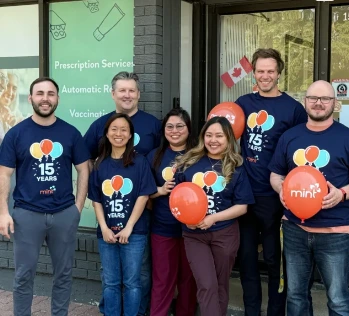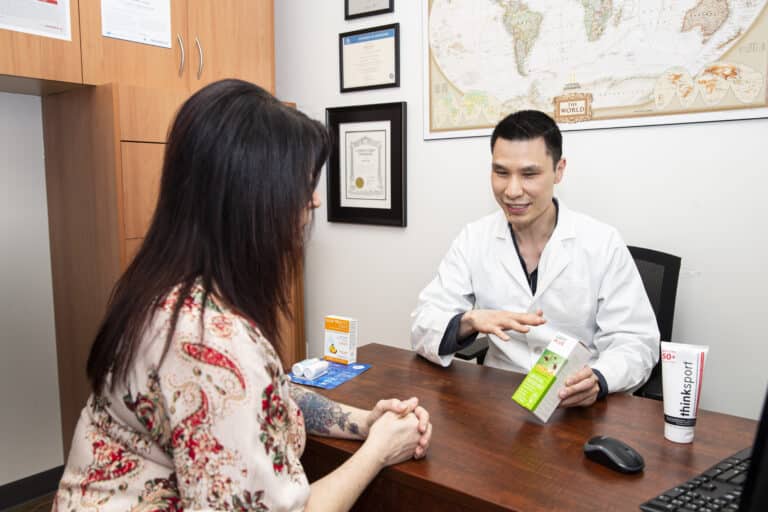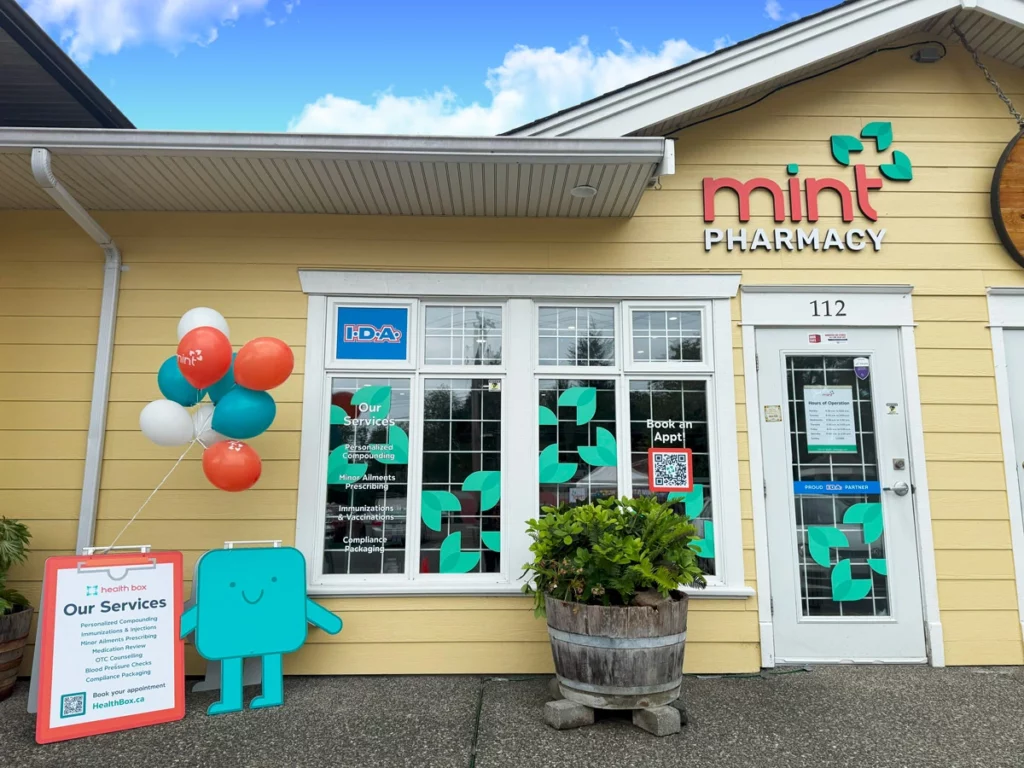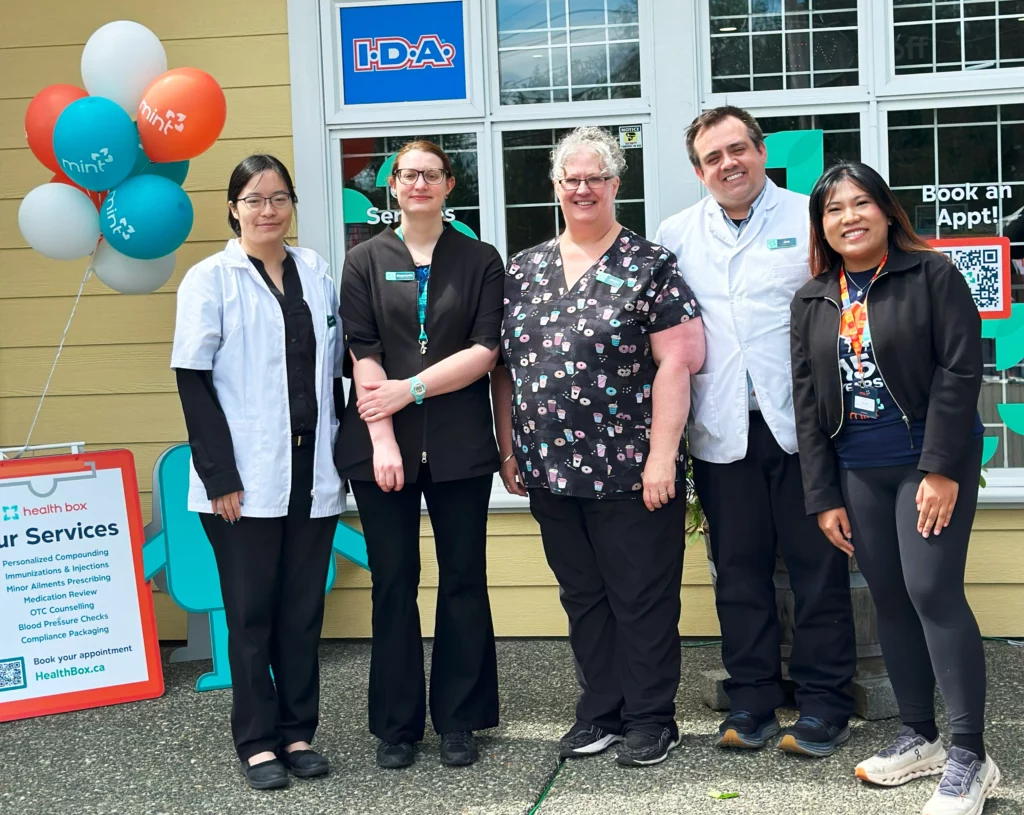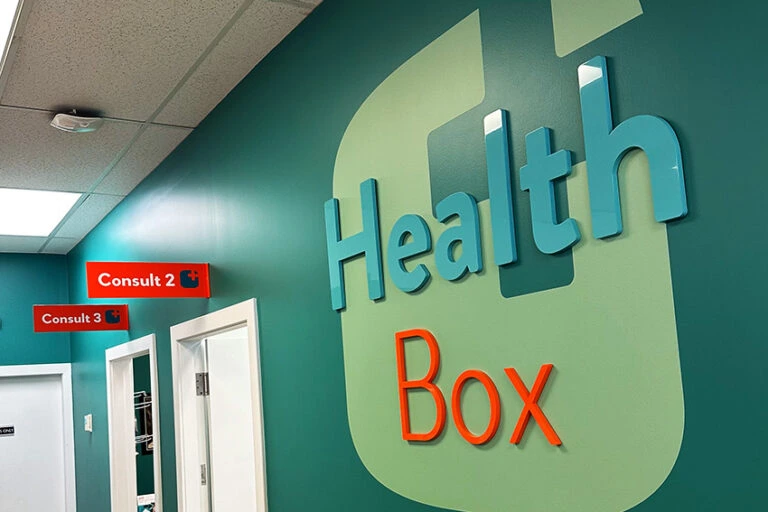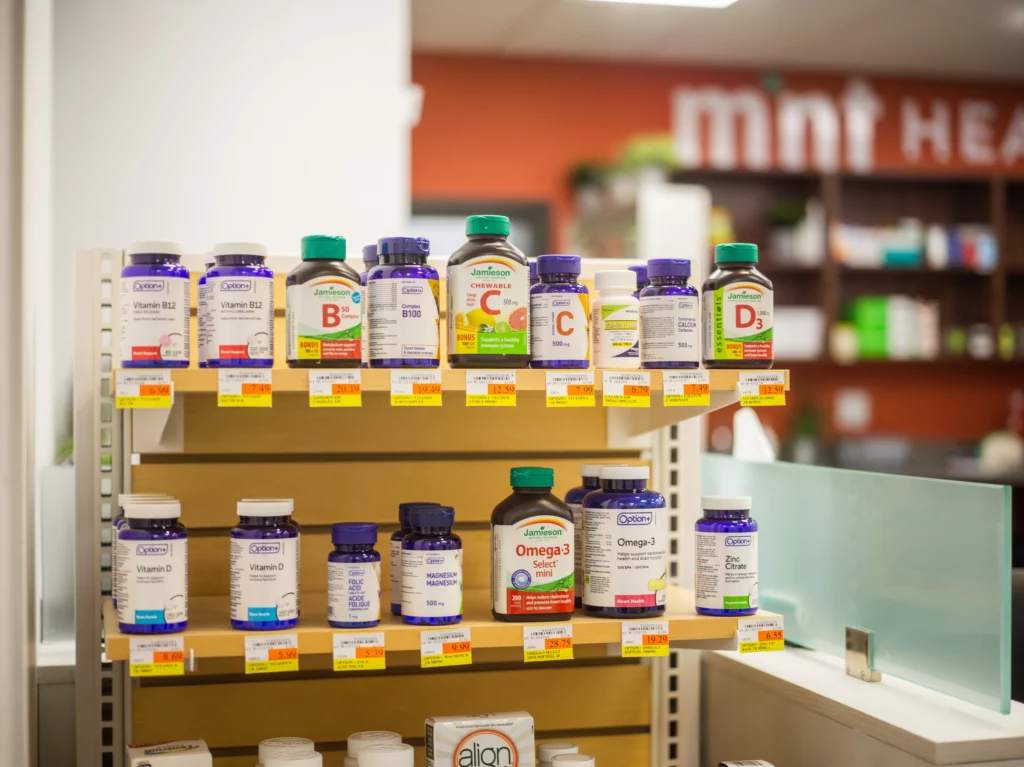Challenges
Mint Health + Drugs partnered with a local non-profit organization that supports children and adults with developmental disabilities. Prior to the partnership, the organization faced challenges in three key areas: emergency room visits, hospital admissions, and medication administration errors. While not severe, these issues represented opportunities for improvement—particularly since individuals with developmental disabilities often require a higher level of medical oversight than staff could consistently provide on site.
Solution
To address these challenges, Mint Health + Drugs brought in its Pharmacist Intervention in Complex Services (PICS) team. This specialized team focuses on improving health outcomes and reducing barriers for adults with intellectual and developmental disabilities through direct pharmacist outreach and collaboration.
The PICS team implemented several key supports, including:
-
Daily onsite visits to engage with staff and clients while handling medication deliveries.
-
Onsite training and guidance for frontline staff to enhance confidence and accuracy in medication management.
-
Medication management through regular reviews, needs assessments, and follow-ups after medication changes.
-
Collaborative prescribing, with all PICS pharmacists authorized to prescribe for minor ailments and infections.
-
Laboratory coordination, including ordering requisitions, arranging home collections, and reviewing results.
-
Injection administration, such as vaccines, depot medications, and other injectables—delivered in a supportive, positive environment.
Through their daily presence, the PICS pharmacists became a trusted and accessible resource for both staff and clients, improving efficiency, communication, and overall care quality.
Results
Over a three-year period (2019–2022), the PICS team tracked measurable outcomes at the organization’s largest residential facility, which provides 24-hour staffed care for 35 individuals. Data focused on emergency room visits, hospital admissions, and medication administration errors.
In the 30 months prior to the PICS team’s involvement, there were 22 ER visits and 12 hospital admissions. In the 30 months after the PICS team began onsite care, these numbers dropped to 5 ER visits and 2 hospital admissions—a 77% reduction in ER visits and an 83% reduction in hospital admissions.
While multiple factors, including the COVID-19 pandemic, may have influenced these results, the data clearly demonstrate that having pharmacists embedded in care teams can significantly improve health outcomes and reduce hospital reliance.
One notable case involved a 49-year-old male with a complex medical history including Bipolar I disorder, epilepsy, a cerebellar tumour with shunt, Hepatitis C infection, and obstructive sleep apnea. He experienced worsening psychosis symptoms despite being prescribed Clozaril, Dilantin, and Venlafaxine. The PICS team discovered that his Clozaril levels were far below therapeutic range (392 µg/L versus the target range of 1070–1835 µg/L). They determined that the interaction between Dilantin and Clozaril had lowered his Clozaril levels, exacerbating his Hepatitis C and leading to liver damage.
The PICS pharmacists intervened by restoring Clozaril levels to therapeutic range, eliminating psychosis symptoms. They then initiated and monitored Hepatitis C treatment, resulting in viral clearance, normalization of liver function, and full vaccination against Hepatitis A and B.
Beyond direct patient outcomes, the PICS team’s Daily Dispense model has improved operations across the facility. It reduces onsite medication storage, minimizes waste, and ensures faster access to new medication orders. Having pharmacists onsite also reduces the need for staff to coordinate transportation for injections or vaccinations, while enabling rapid triage of health concerns, lab requisitions, and prescribing.
Together, these improvements have led to more efficient workflows, stronger staff support, and better health outcomes for the individuals under care—illustrating the powerful impact of pharmacist-led collaboration in community and complex care environments.
